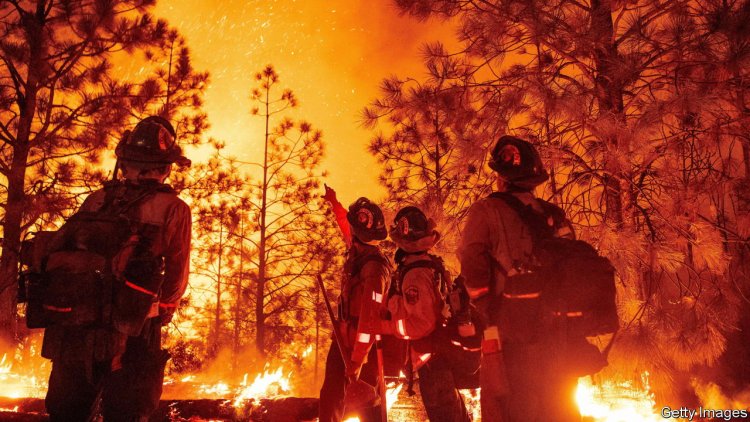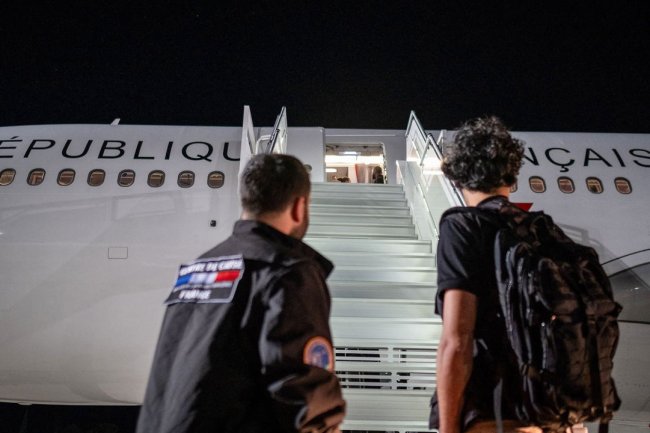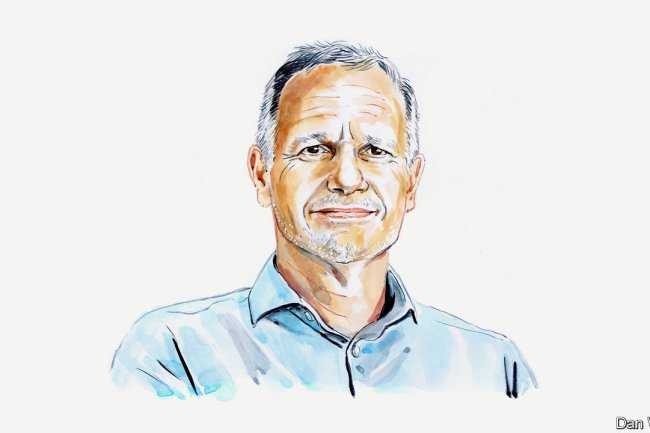America’s firefighters mostly do not fight fires
image: Getty ImagesIn sunnyvale, a city in Silicon Valley, police officers sometimes transform into firefighters before your eyes. All public-safety officers are trained as both cops and firefighters. Cops may arrive at an incident as a police officer and realise that a firefighter is needed instead. So they strip down to their underpants (sometimes in the middle of the street), and jump into the fire kit stored in the boot of their patrol car. When they are done, they change back into their police uniform.This is not just a money-saving initiative, though it is that. The number of blazes that require a 911 call has decreased greatly in America over the past four decades. According to the National Fire Protection Association (NFPA), a non-profit, there were 13 fires per 1,000 people in 1980. By 2021 the rate had decreased more than threefold (see chart). The decline is marked in homes and commercial buildings alike. Smoke alarms deserve much of the credit, says Lorraine Carli of NFPA.


In sunnyvale, a city in Silicon Valley, police officers sometimes transform into firefighters before your eyes. All public-safety officers are trained as both cops and firefighters. Cops may arrive at an incident as a police officer and realise that a firefighter is needed instead. So they strip down to their underpants (sometimes in the middle of the street), and jump into the fire kit stored in the boot of their patrol car. When they are done, they change back into their police uniform.

This is not just a money-saving initiative, though it is that. The number of blazes that require a 911 call has decreased greatly in America over the past four decades. According to the National Fire Protection Association (NFPA), a non-profit, there were 13 fires per 1,000 people in 1980. By 2021 the rate had decreased more than threefold (see chart). The decline is marked in homes and commercial buildings alike.
Smoke alarms deserve much of the credit, says Lorraine Carli of NFPA. Regulatory and technical developments have also helped. Building codes require fire exits, cigarette lighters are rarer and childproof. Despite memes about electric vehicles bursting into flame, cars are less likely to catch fire.
This is an improvement for Americans, and a conundrum for firefighters. In 1980 American fire departments received about 11m calls, 3m of which were about fires. But of the 36m calls in 2020, only 1.4m were for fires. This does not mean firefighters are idle. They must perform medical and rescue services, such as providing first aid and responding to calls about emotionally disturbed people.
But there is a mismatch between the way the job is pitched by recruiters—with pictures of muscular firefighters carrying people out of burning buildings—and what the job actually is, says Steven Knight of Fitch & Associates, a consultancy. For firefighters who imagined themselves combating blazes, this risks causing job dissatisfaction and burn-out, he says. “It’s like sending a plumber to do an electrician’s job,” adds Andrés Mercado, a fire chief in Santa Fe, New Mexico.
Mr Mercado also points to the physical requirements needed to become a firefighter. Applicants may be asked to climb a 24-foot (7m) ladder, and drag a 120-pound (54kg) tyre for 50 feet. Mr Mercado says this prevents many people who could be good medics from qualifying. It may also put off women (only 5% of paid firefighters in America are female).
For American city-dwellers, a large red fire engine screaming down the streets with lights flashing is a common sight. Yet although the firefighters that leap from the engine may don fire gear, there is often no blaze in sight. A grand-jury report in Orange County, California, found that fire departments responding to health-emergency calls would often dispatch a fire engine with four firefighters and an ambulance with two emergency medical technicians.
This is “dangerous and costly” the report says. Fire engines can cost up to $1m, while a fully equipped medical vehicle could cost less than $200,000. The engines are also difficult to manoeuvre through city streets, owing to their magnificent size and weight (up to 60,000 pounds), and using them can increase response times.
Even when there are fires to fight, their nature is often different from the past. Having been flat for almost 20 years, the rate of civilian deaths by fire has recently ticked up a bit. Ms Carli blames certain features of modern homes: open-floor plans and plenty of synthetic materials. “We used to say you had eight to ten minutes [to get out] from the time a smoke alarm went off,” says Ms Carli. “Today you could have as little as two minutes because of the contents in your home that burn so much quicker.”
Wildfires have also become a greater danger. Lori Moore-Merrell, the administrator of the US Fire Administration, says that almost one-third of America’s population now lives in areas at risk of wildfires. This requires a different type of training. Firefighters are typically taught to extinguish fires within one structure; wildfires often consume many. Different equipment is also needed. Wildland fire engines must be able to traverse rugged terrain and hold more water.
Sunnyvale’s costume-changing officers point to one way forward. The city sends only two firefighters on each dispatched engine; police officers fill in the gaps. Sunnyvale devotes about 10% of its budget to firefighting; around half the share of other cities in the same county. And instead of employing a chief for fire and one for policing, one city worker fills both roles. ■
Stay on top of American politics with Checks and Balance, our weekly subscriber-only newsletter, which examines the state of American democracy and the issues that matter to voters.
What's Your Reaction?

















